Fashion is an ever-evolving landscape, shaped by moments that leave a lasting impact on the industry. Throughout history, certain iconic fashion moments have not only defined eras but have also set new standards and trends, influencing designers and fashion enthusiasts worldwide. From revolutionary runway shows to unforgettable red carpet appearances, these moments have challenged conventions, inspired creativity, and changed the course of fashion forever. Join us as we explore the iconic fashion moments that have left an indelible mark on the industry.
Coco Chanel’s Little Black Dress (1926)
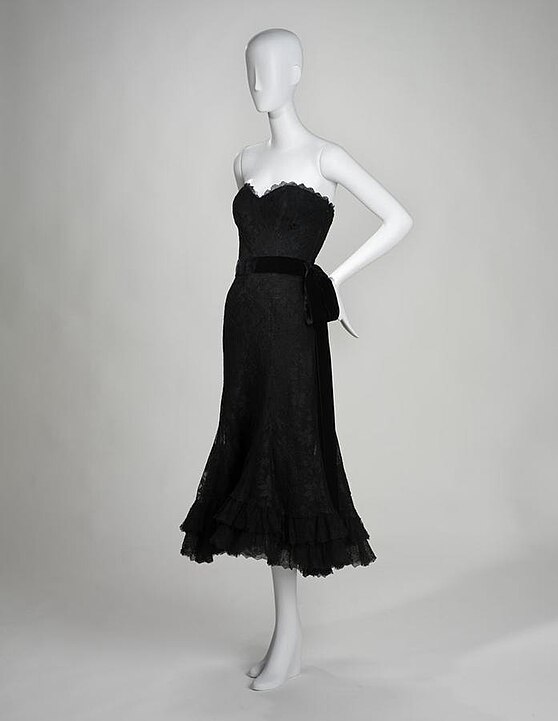
Coco Chanel introduced the Little Black Dress (LBD) in 1926, revolutionizing women’s fashion with its simplicity and elegance. Prior to this, black was primarily reserved for mourning attire. Chanel’s design, published in Vogue, was a calf-length, straight dress adorned with pearls, exuding understated sophistication. The LBD became a timeless staple, symbolizing versatility and class, and has since been reinvented by countless designers.
Christian Dior’s New Look (1947)
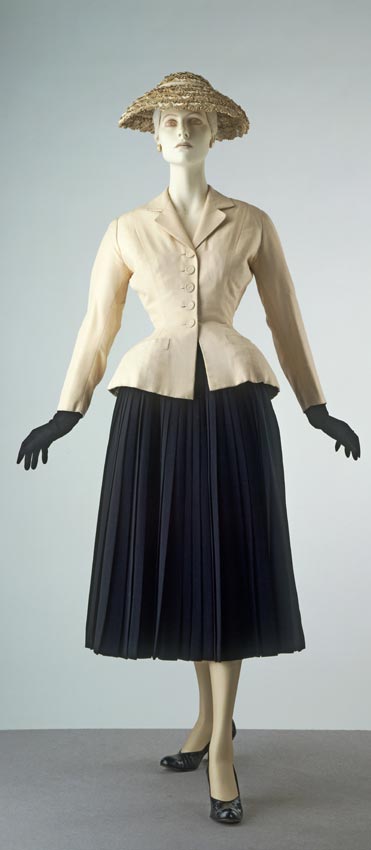
Christian Dior’s New Look in 1947 marked a dramatic shift from the wartime austerity to opulence. Featuring cinched waists, full skirts, and an emphasis on the female form, the New Look reintroduced femininity and luxury into fashion. The Bar suit, with its hourglass silhouette, became emblematic of this era, reestablishing Paris as the epicenter of fashion and influencing designers globally.
Mary Quant and the Miniskirt (1960s)

Mary Quant popularized the miniskirt in the 1960s, embodying the spirit of youth and rebellion. Rising several inches above the knee, the miniskirt became a symbol of liberation for women, challenging conservative norms. Quant’s designs, often paired with colorful tights and go-go boots, encapsulated the Mod movement and reflected the social changes of the decade.
Audrey Hepburn in Givenchy’s Little Black Dress in Breakfast at Tiffany’s (1961)
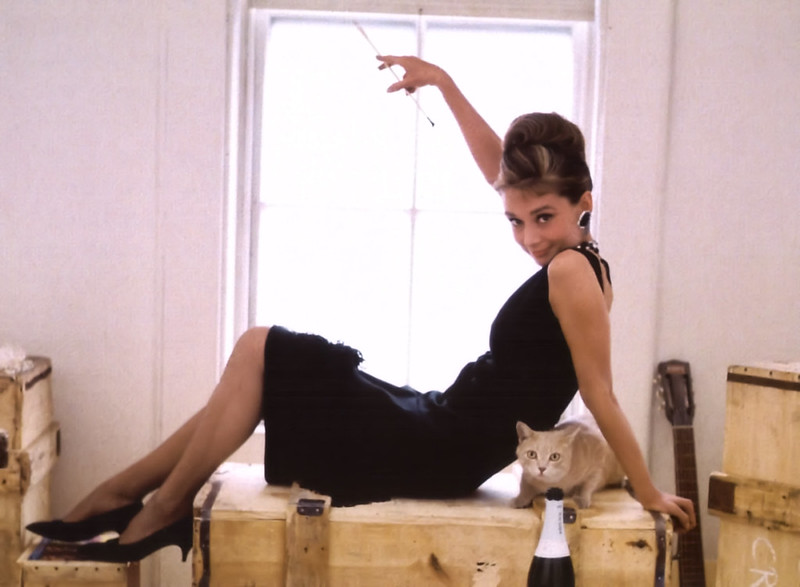
Audrey Hepburn’s appearance in Givenchy’s Little Black Dress in Breakfast at Tiffany’s solidified the LBD’s status as an icon. The dress, paired with a pearl necklace, oversized sunglasses, and an elegant updo, epitomized chic sophistication. This moment not only cemented Hepburn’s status as a fashion icon but also underscored the enduring allure of minimalist elegance.
Yves Saint Laurent’s Le Smoking Suit (1966)
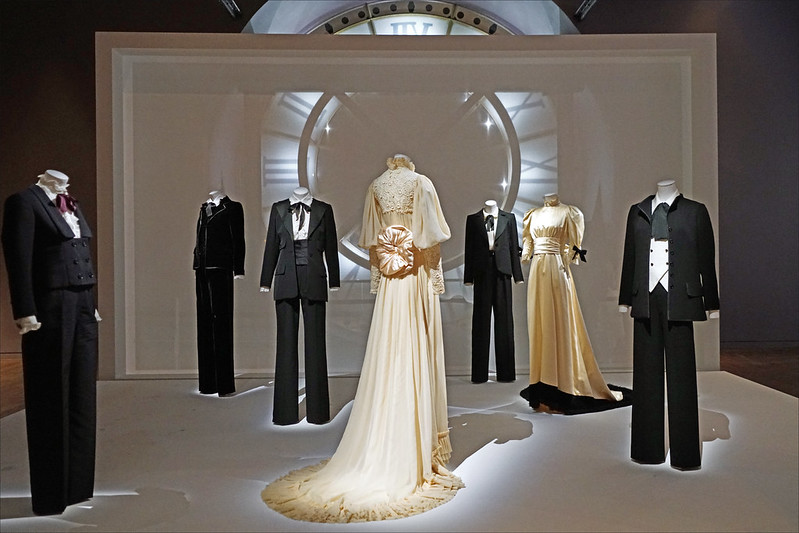
Yves Saint Laurent introduced the Le Smoking suit in 1966, pioneering androgynous fashion for women. This tailored tuxedo suit, featuring a satin lapel and crisp lines, challenged traditional gender norms. Le Smoking offered women a powerful alternative to evening dresses, symbolizing liberation and strength, and paved the way for gender-fluid fashion.
Jean Paul Gaultier’s Cone Bra for Madonna (1990)
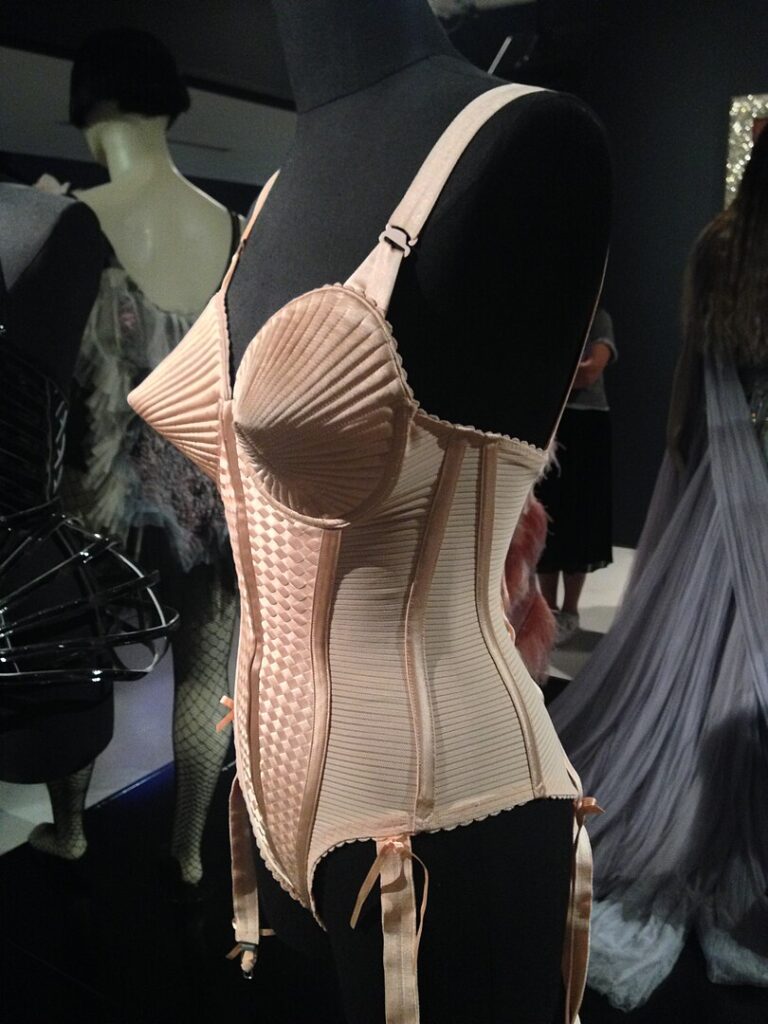
Jean Paul Gaultier’s cone bra, worn by Madonna during her 1990 Blond Ambition Tour, became an emblem of provocative fashion. The design, featuring exaggerated conical cups, blended fetish wear with high fashion, challenging perceptions of femininity and sexuality. This collaboration highlighted the power of performance art in fashion and influenced the incorporation of bold, avant-garde designs in mainstream fashion.
Kate Moss and Calvin Klein’s Heroin Chic (1993)
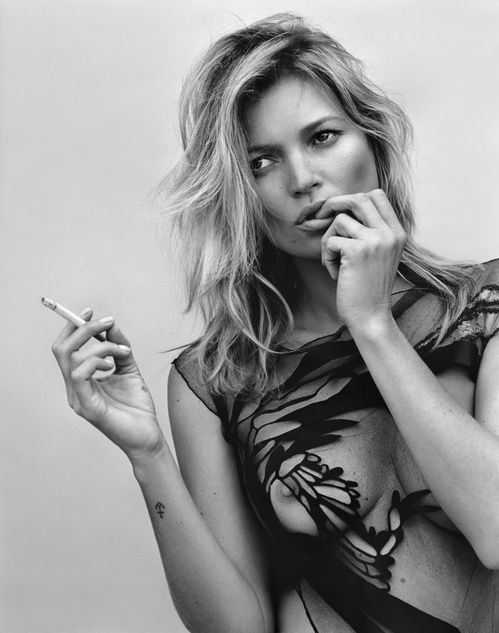
Kate Moss’s Calvin Klein campaign in 1993 introduced the “heroin chic” aesthetic, characterized by a waif-like figure, pale skin, and an edgy, nonchalant attitude. This marked a departure from the glamorous supermodels of the 1980s, emphasizing raw, natural beauty. Despite its controversy, the campaign redefined fashion photography and modeling standards, influencing the industry’s direction towards minimalism and authenticity.
Alexander McQueen’s Highland Rape Collection (1995)
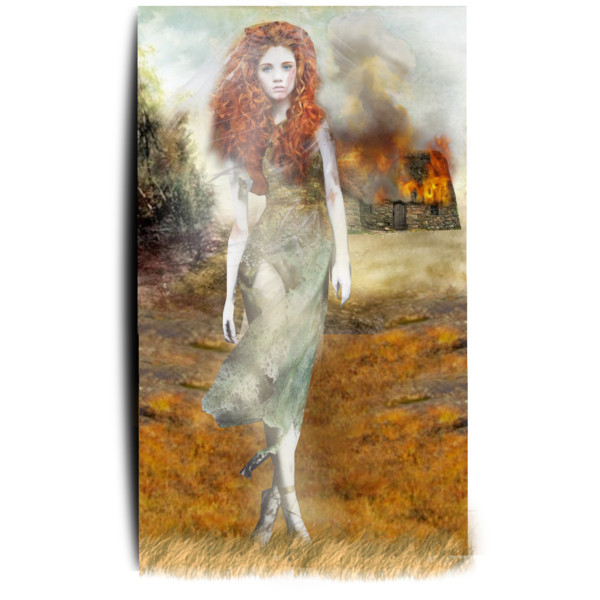
Alexander McQueen’s Highland Rape collection in 1995 was both shocking and groundbreaking. The collection, featuring torn dresses and provocative imagery, was a commentary on the historical mistreatment of Scotland by England. Despite its initial backlash, the collection highlighted McQueen’s masterful tailoring and ability to blend fashion with powerful storytelling, cementing his legacy as a revolutionary designer.
Princess Diana’s Revenge Dress (1994)
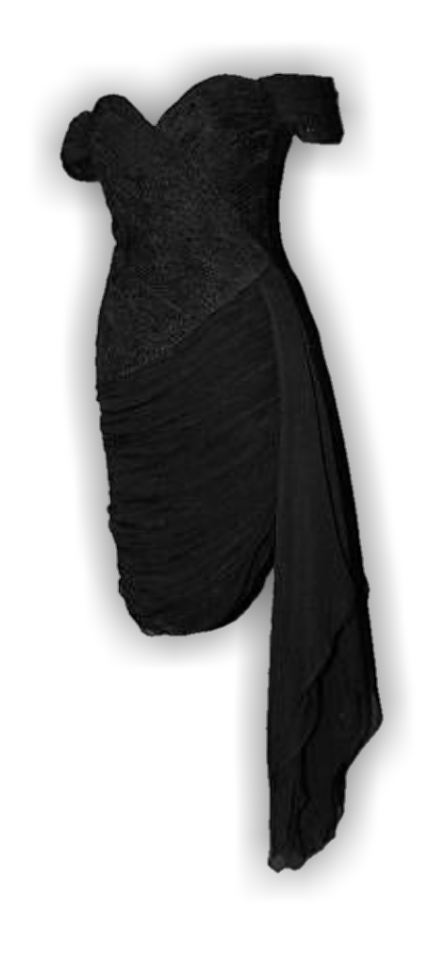
Princess Diana’s off-the-shoulder black silk dress, worn to a Vanity Fair party in 1994, became known as the “Revenge Dress.” On the same night Prince Charles admitted to infidelity, Diana’s choice was seen as a bold statement of independence and resilience. Designed by Christina Stambolian, the dress symbolized Diana’s transition from a royal figure to a fashion icon and empowered woman.
Lady Gaga’s Meat Dress (2010)
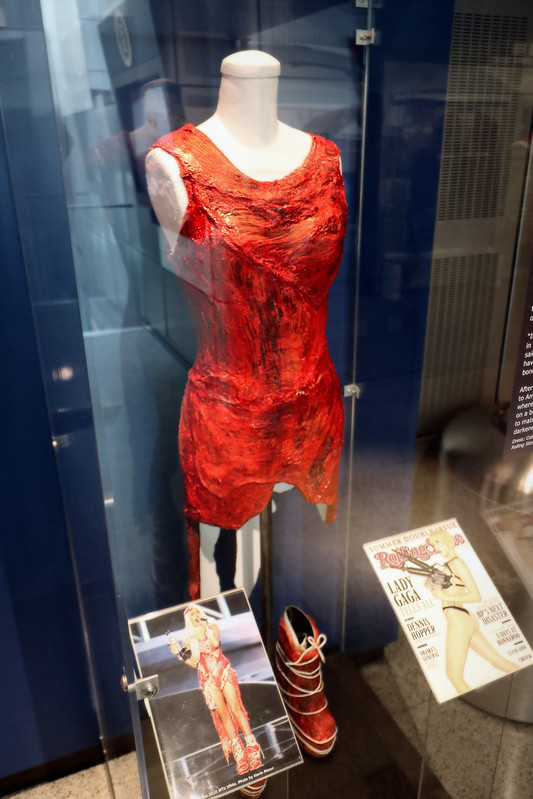
Lady Gaga’s meat dress at the 2010 MTV Video Music Awards was one of the most controversial fashion statements of the decade. Made entirely of raw beef, the dress was designed by Franc Fernandez and symbolized a protest against the U.S. military’s “Don’t Ask, Don’t Tell” policy. The dress sparked global conversations about fashion, art, and activism, highlighting Gaga’s ability to use fashion as a platform for social issues.
Rihanna’s CFDA Dress (2014)
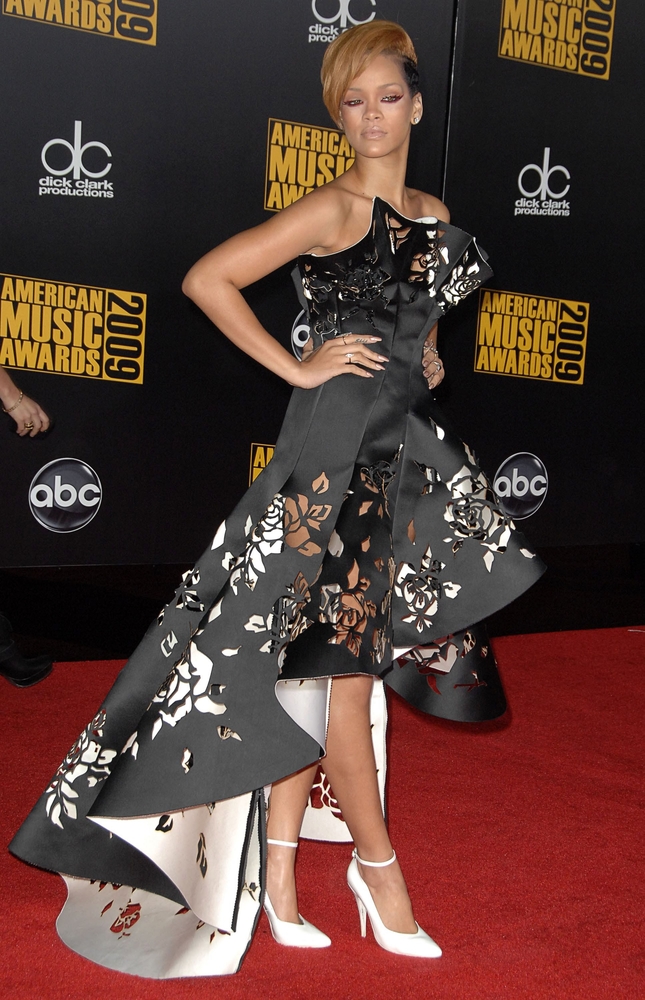
Rihanna’s sheer, Swarovski crystal-adorned dress by Adam Selman at the 2014 CFDA Awards redefined red carpet fashion. The gown, paired with a matching headscarf and gloves, showcased Rihanna’s fearless approach to fashion and her ability to merge elegance with edginess. This moment solidified her status as a fashion icon and influencer, inspiring designers to embrace bold, transparent fabrics in high fashion.
Kim Kardashian’s Break the Internet Photoshoot (2014)
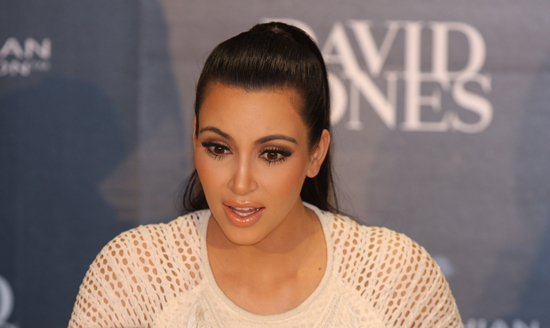
Kim Kardashian’s “Break the Internet” photoshoot for Paper magazine in 2014, featuring her balancing a champagne glass on her derrière, became a viral sensation. Photographed by Jean-Paul Goude, the shoot highlighted the power of social media in shaping modern fashion and celebrity culture. This moment underscored Kardashian’s influence on beauty standards and the integration of digital media with fashion marketing.
Met Gala 2018: Heavenly Bodies
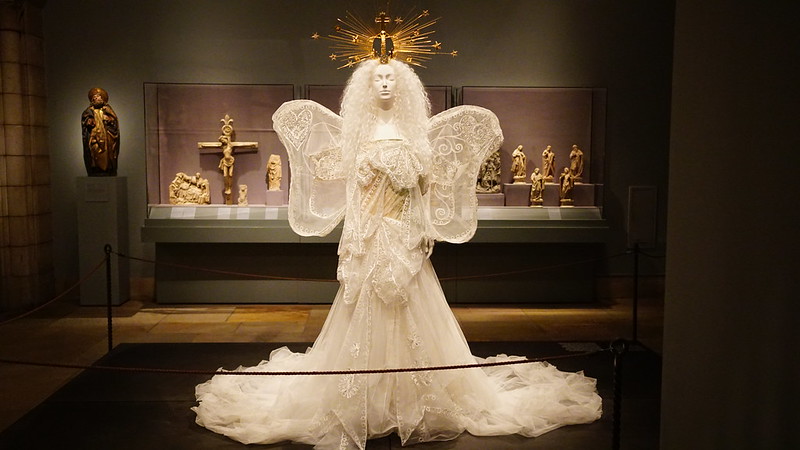
The 2018 Met Gala theme, “Heavenly Bodies: Fashion and the Catholic Imagination,” showcased the intersection of fashion and religion. Celebrities adorned in elaborate, ecclesiastical-inspired attire, such as Rihanna’s papal outfit by Maison Margiela, pushed creative boundaries. This event highlighted the ability of fashion to provoke thought and explore cultural narratives, reinforcing the Met Gala’s role as a pinnacle of fashion innovation.
A$AP Rocky’s Quilt at the 2021 Met Gala
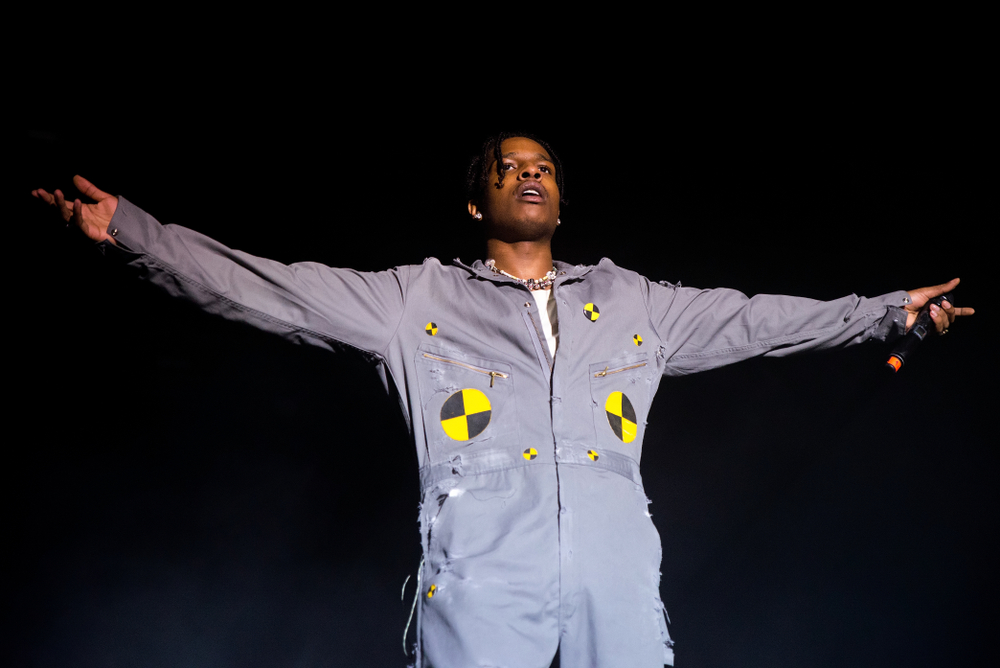
A$AP Rocky’s quilted ensemble at the 2021 Met Gala, designed by ERL, celebrated the theme “In America: A Lexicon of Fashion.” The patchwork quilt, reminiscent of American folk art, underscored the importance of heritage and craftsmanship in fashion. This moment highlighted the blending of streetwear with high fashion and the growing appreciation for diverse cultural expressions within the industry.
Billy Porter’s Tuxedo Gown at the Oscars (2019)
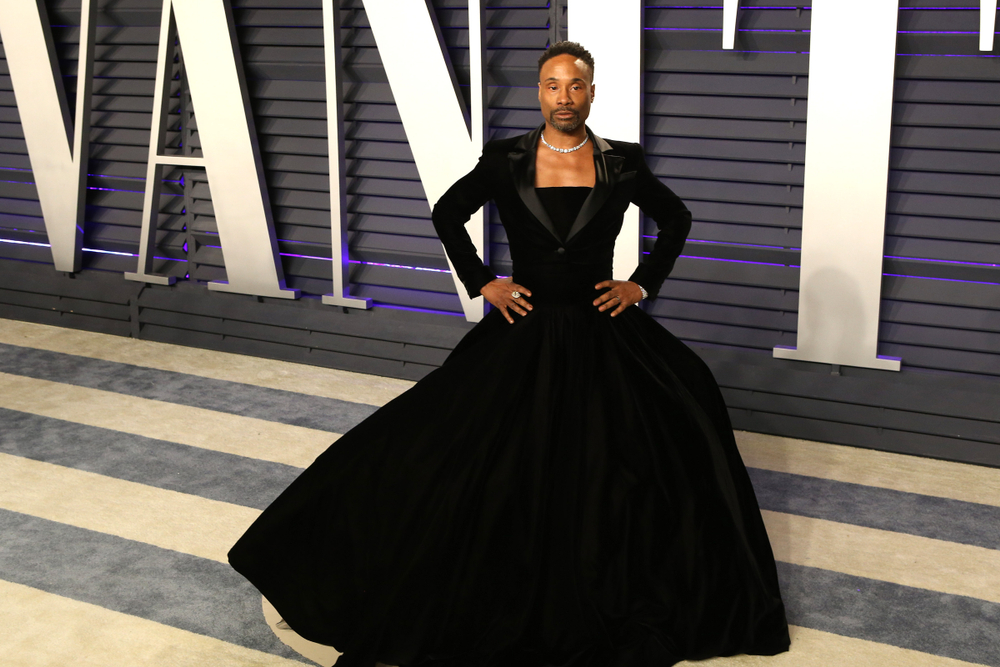
Billy Porter’s tuxedo gown by Christian Siriano at the 2019 Oscars challenged traditional red carpet norms. The black velvet ensemble, combining a tailored tuxedo top with a full ball gown skirt, celebrated gender fluidity and self-expression. Porter’s look received widespread acclaim for its boldness and elegance, sparking conversations about inclusivity and breaking fashion’s gender barriers.
Zendaya in Versace at the 2021 Oscars
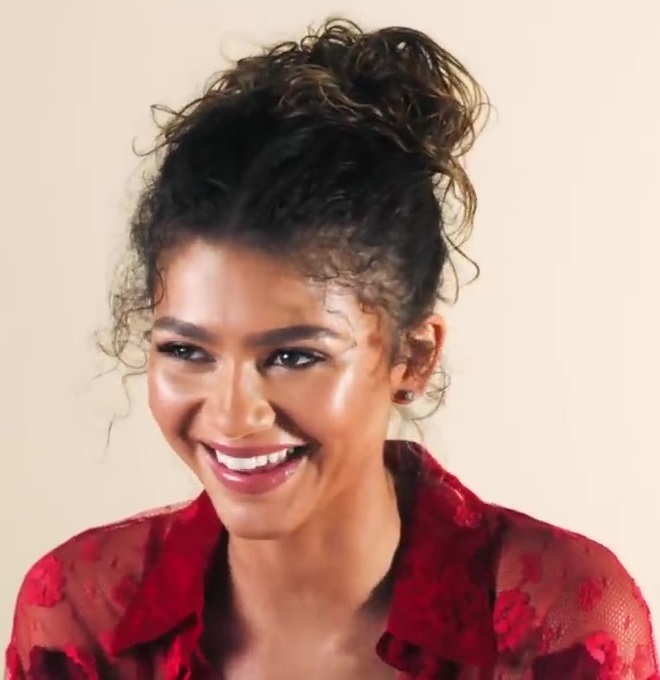
Zendaya’s vibrant yellow Valentino gown at the 2021 Oscars showcased her evolving style and status as a fashion icon. The strapless, midriff-baring gown, paired with Bulgari jewels, epitomized modern glamour and confidence. This moment highlighted Zendaya’s ability to effortlessly blend classic elegance with contemporary trends, solidifying her influence in the fashion world.
Harry Styles on the Cover of Vogue (2020)
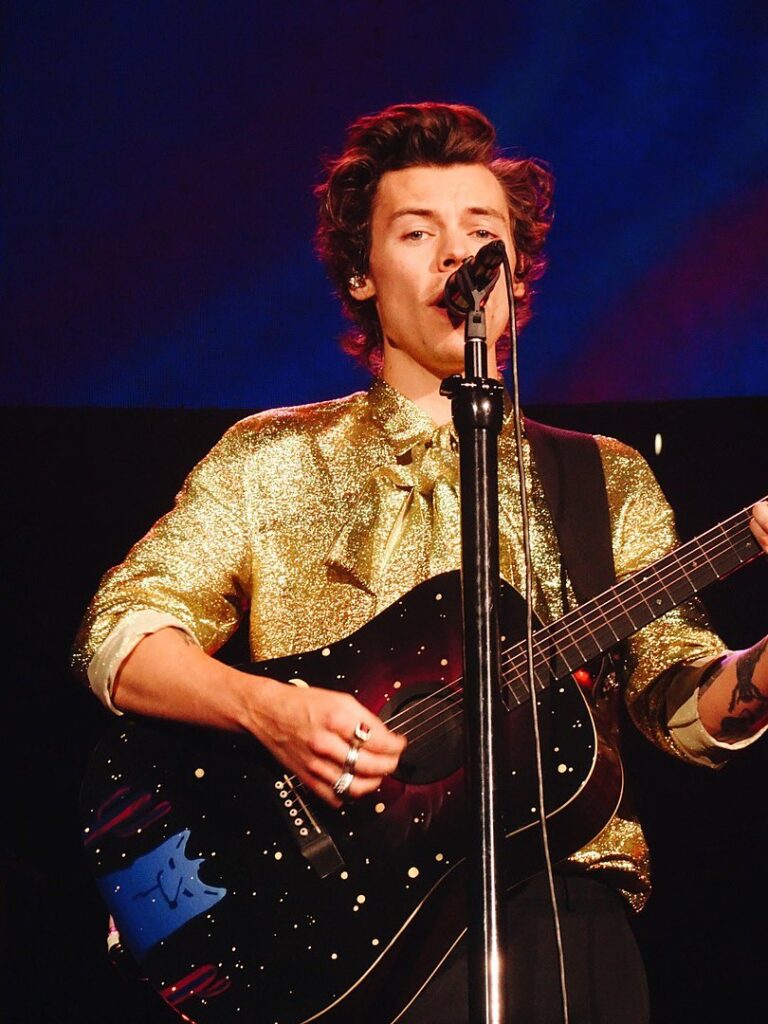
Harry Styles became the first solo male to appear on the cover of Vogue in December 2020, wearing a Gucci dress. This moment challenged traditional gender norms in fashion, celebrating androgyny and self-expression. Styles’ cover sparked global conversations about masculinity, fashion, and the evolving landscape of gender fluidity, marking a significant shift towards inclusivity in the industry.
Beyoncé in Balmain at Coachella (2018)
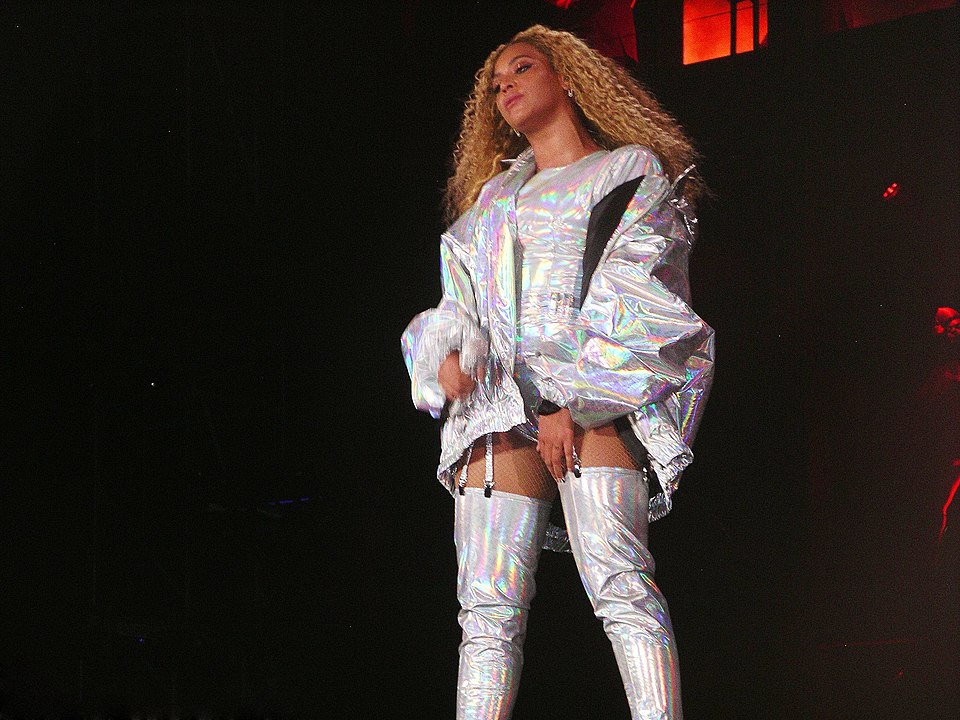
Beyoncé’s Balmain ensembles at Coachella 2018, designed by Olivier Rousteing, celebrated Black culture and HBCU traditions. The intricate costumes, including a Nefertiti-inspired cape and crest-embellished hoodies, highlighted the fusion of fashion and cultural heritage. Beyoncé’s performance, dubbed “Beychella,” showcased the power of fashion in storytelling and cultural representation, setting new standards for festival fashion.
Michelle Obama’s Inauguration Dress (2009)
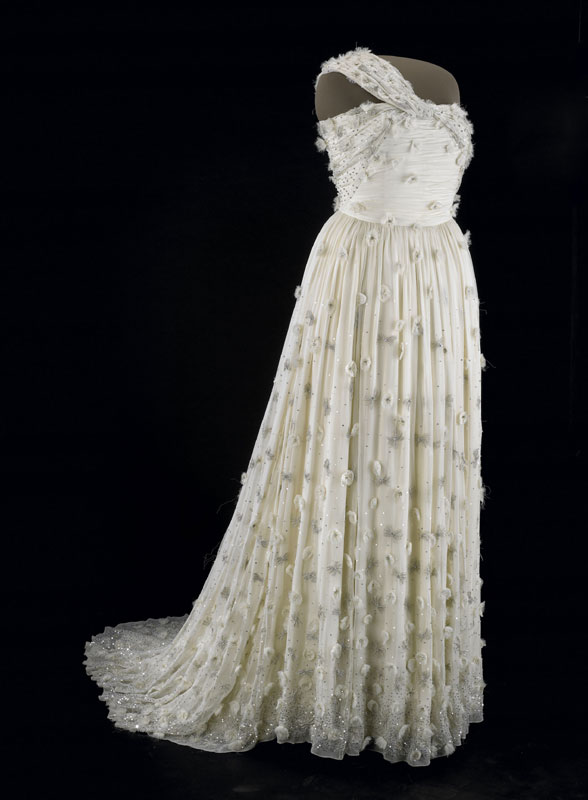
Michelle Obama’s white Jason Wu gown at the 2009 Inaugural Ball symbolized a new era of elegance and accessibility in the White House. The one-shoulder chiffon dress, adorned with floral appliqués, reflected a modern yet timeless style. This moment underscored Obama’s influence on fashion as a means of political expression and cultural diplomacy.
Cardi B’s Grammy Dress (2019)
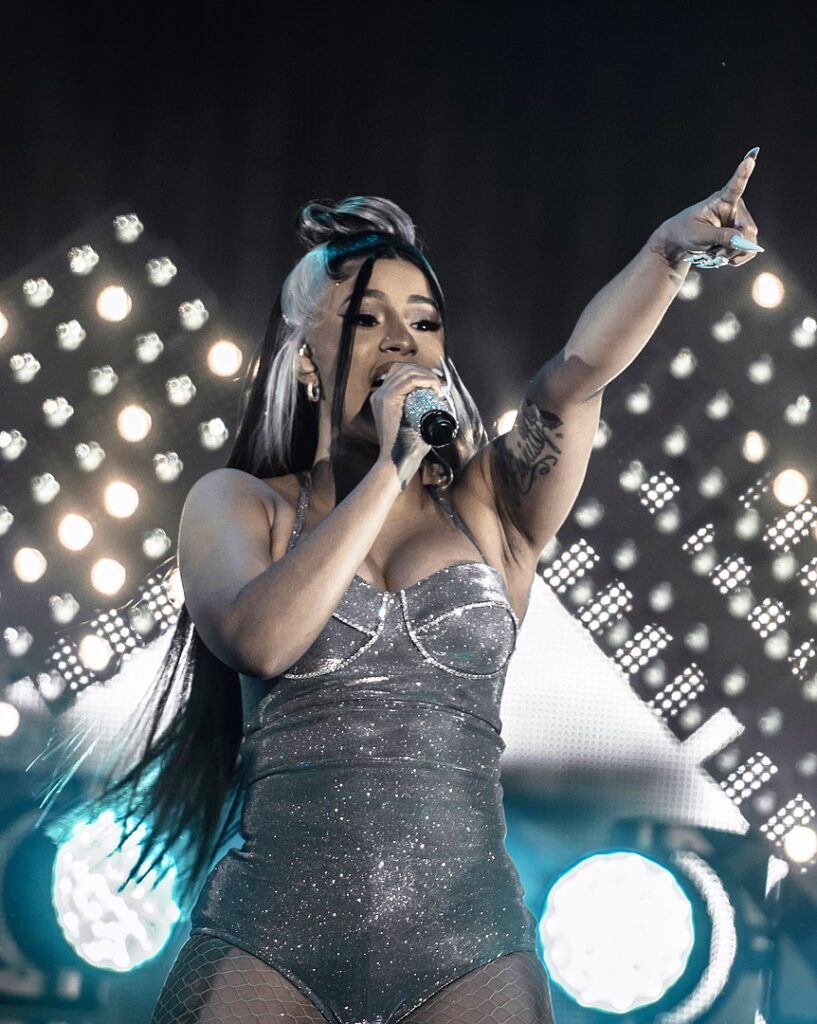
Cardi B’s vintage Thierry Mugler gown at the 2019 Grammy Awards paid homage to the designer’s 1995 couture collection. The dramatic, oyster shell-inspired dress highlighted Cardi’s bold fashion choices and Mugler’s avant-garde vision. This moment celebrated the revival of iconic fashion archives and the enduring influence of haute couture on contemporary red carpet style.
This article originally appeared on UnifyCosmos.
More from UnifyCosmos
20 Portable Gadgets for Endless Entertainment Anywhere
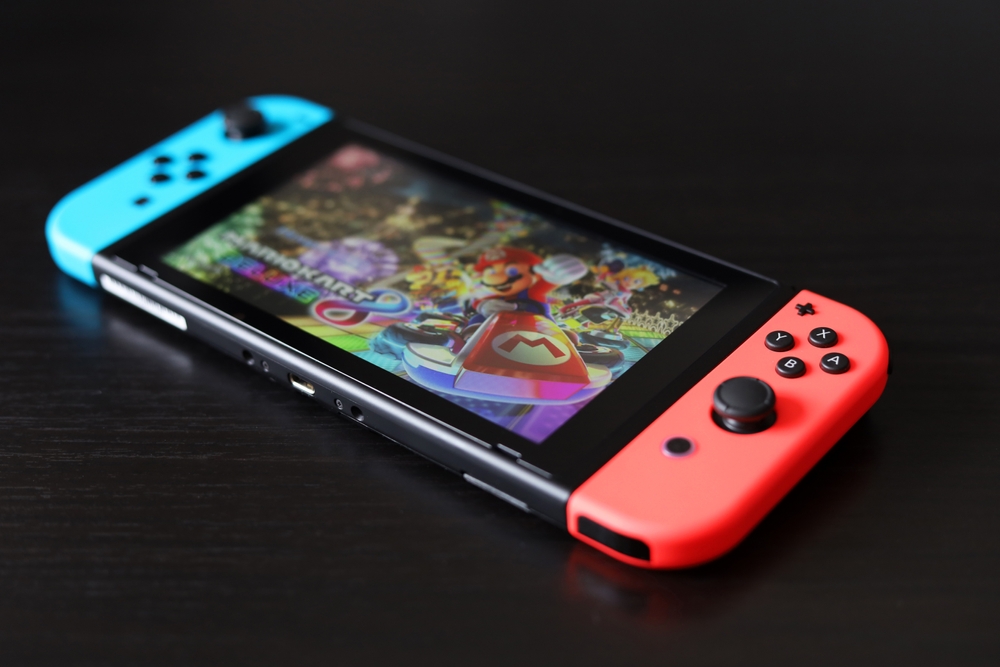
In our fast-paced world, portable electronics have become essential for on-the-go entertainment. These devices, such as smartphones, tablets, and portable gaming consoles, offer a wide range of options to keep us entertained during travel or downtime. Read more!
23 Popular Video Games That Disappointed Fans

While some video games achieve massive commercial success, not all of them live up to the hype or expectations of players. In this article, we’ll explore a few examples of best-selling video games that ultimately left fans feeling disappointed. Read more!
25 Must-Have Apps for Every College Student
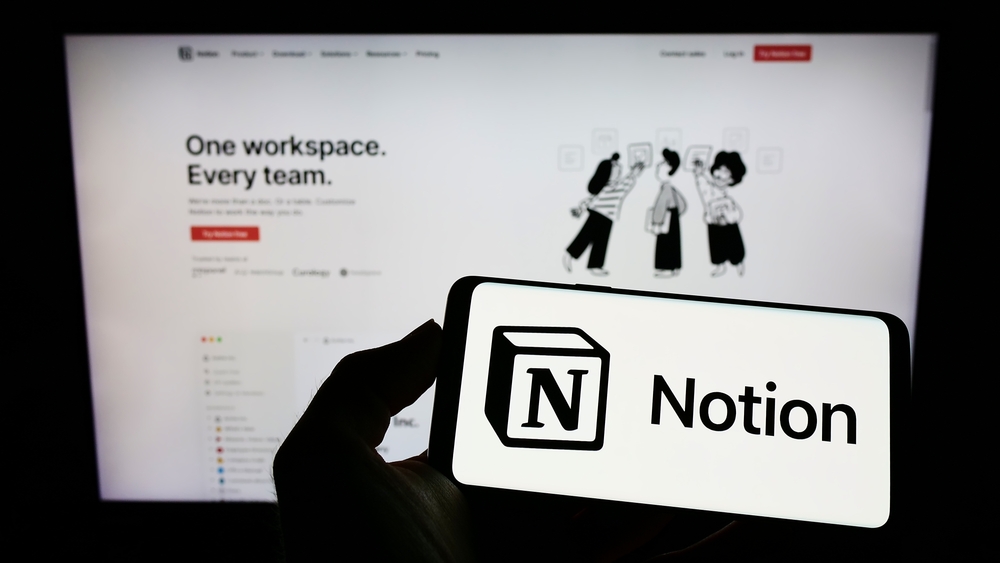
This article explores essential apps designed to streamline the college experience, from managing schedules and assignments to enhancing collaboration and productivity. Read more!
Leave a Reply